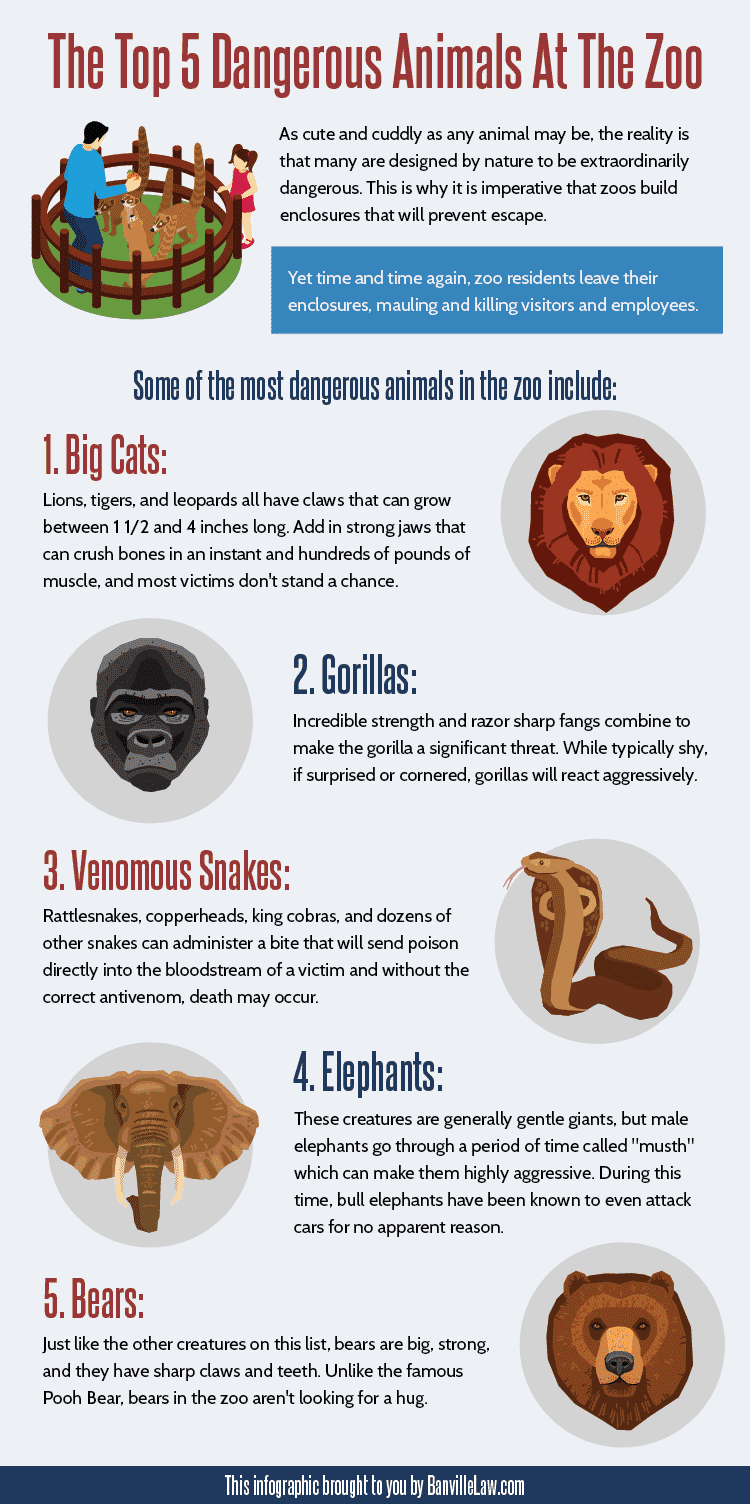Humans have always been fascinated by animals of all shapes and sizes. Whether it’s a hunter studying the animals they will eventually chase or someone looking to domesticate a new species, the lifestyle and behavior of animals have held our attention for thousands of years. This obsession has provided us with some of the best companions anyone could ask for in the form of dogs, cats, horses, and other domesticated creatures, but there are still many species that are too wild to share a home with.
Zoos have been a way for people to observe wild animals from a distance in a supposedly safe environment. This is hardly a new concept – the first records indicating the capture and caging of animals go as far back as 3500 B.C. and the ancient Egyptians. Visitors come from all over the world to see rare species that they otherwise would never come into contact with.
Today, modern zoos and safari parks have a secondary purpose: to protect and preserve wildlife. Scientists work hard to save endangered species and to provide animals who are so injured they would be unable to survive in the wild a chance to thrive. But what many visitors fail to keep in mind is that even those born in the zoo or park are still dangerous creatures with protective and killer instincts. While a stroll through the zoo on a warm day might seem like a great way to pass the time, visitors are surrounded by a myriad of dangers.
For more vacation related accidents, see our zipline accident page brought to you by our zipline accident attorneys.

While it might seem that animals escaping their enclosures are a rare occurrence, this couldn’t be further from the truth. Take the following into consideration:
These are just a small sample of the number of animal attacks that take place in zoos and wildlife sanctuaries. According to the Association for Zoos and Aquariums, there are an average of five escapes in the more than 200 zoos across the country every year.

This is shocking considering the long list of regulations that zoos are required to maintain. These restrictions dictate the size, materials, and structure of each enclosure based on the type of animal that will be contained. This is not just an attempt to make sure the animals are in a great environment where all of their needs are met, but also to ensure that visitors and employees are safe.
Sadly, animal attacks aren’t the only dangers that visitors and employees face on a regular basis.
Just like any other property, the owners and managers of the zoo are responsible for maintaining a safe environment. Yet every year, hundreds are injured, due to:
Spilled liquids, unstable or uneven sidewalks, loose carpeting, and fallen objects can cause a visitor to fall, typically landing on a hard surface.
Chair lifts which give you a bird’s eye view of the zoo, train rides, and other small amusement rides are popular and ways for visitors to take a break from walking around. But if the ride isn’t properly maintained or if there is a defect with one of the parts, accidents can and do happen, causing serious injury to those on board.
Tours by truck or bus around a zoo or safari park are common. Not only do participants have to put their faith in the driver who may make a mistake, but many animals on a safari are much larger than any car and if they decided to attack, the metal casing of the vehicle doesn’t stand a chance.
In one case, when a pride of lions approached a safari guides vehicle, the driver attempted to move away by going in reverse. Unfortunately, he wasn’t paying attention to his surroundings and went down a steep slope, causing the truck to roll. Not only did the passengers on board sustain serious injuries including internal bleeding and broken bones, but the truck was open sided, meaning that the lions had access to those on board. Thankfully another truck rescued them before the lions attacked, but the experience left them seriously traumatized both physically and emotionally.
In another case, a male elephant charged a woman driving through Kruger National Park, flipping it over several times and puncturing through the metal and glass with his tusks. Both passengers inside survived but were injured.
The injuries sustained by anyone involved in a zoo or safari park accident can be horrific, painful, and life-changing. When the body sustained serious damage, not only are the medical treatments expensive but it can also mean that the victim is unable to participate in activities that they previously enjoyed. In some cases, it may mean the end of a career.
So when a victim is facing thousands and potentially millions of dollars of necessary medical care and is also unable to return to work and earn a paycheck, what are their legal options?
In the majority of cases, another party’s negligence has resulted in the victim’s accident and injuries. This means that the victim will likely be able to file a personal injury lawsuit against them.
Through either a settlement agreement or damages awarded at the end of a trial, lawsuits can provide the plaintiff with monetary compensation for losses such as medical expenses, lost earnings, physical pain and suffering, and emotional trauma.
An experienced zoo accident lawyer can help investigate the accident, identify the negligent party, file the necessary paperwork, interview witnesses, consult with industry professionals, and stand beside their client every step of the way.
There are strict statutes of limitations for each type of accident, meaning that the victims only have a certain period of time to pursue a complaint. That’s why it’s important to contact an attorney as soon as possible after an accident.
Continue reading: https://banvillelaw.com/vacation-travel-accident/atv-off-roads-motorcycles/